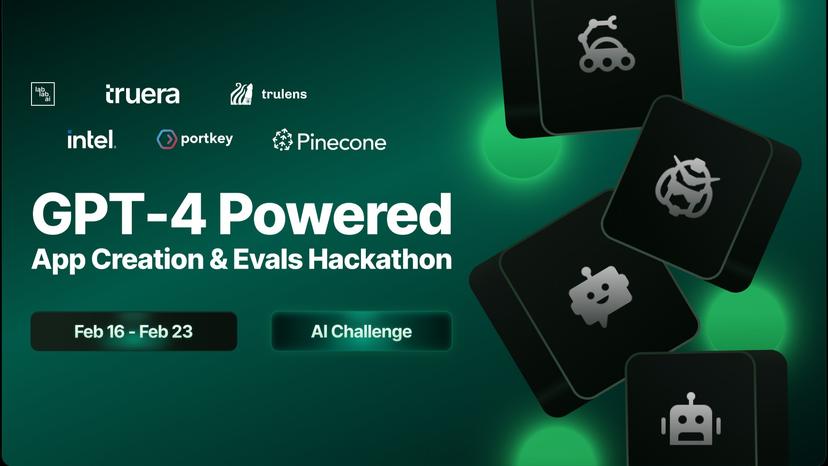🤓 Latest Submissions

Conscious Click
Internet addiction is a growing problem around the world. With more and more addictive AI algorithms, internet addiction cases are rising. In 2010 there were already 8.2% of the US population suffered from internet addiction. A more recent study shows that 36.7% of the population in China is addicted to the internet because of COVID-19. We want to build a solution based on the book "Dopamine Nation", which mentions that our brain needs about 30 days to adjust our dopamine level to improve addiction. Our solution includes two parts. The first part is a coach that takes the user's goals to develop a customized 30-day plan. Including assessment, goal setting, and advice. We also take that plan and let a chrome extension work as an accountability buddy. The extension will detect if each video is related to the user's daily goal, if not it will try to block it. We gradually reduce off-track videos users can watch to minimize painful reactions when their source of addiction is blocked.
23 Feb 2024

AlgoGuardian - Youtube Addiction Rehab
We are in a dopamine epidemic, recommendation algorithms are addictive. The more time we spend on these applications, the less joy they bring. Time spent on digital media had doubled for the past 10 years, and 41% of adult in the us find it hard to manage screen time. These algorithms are getting better everyday, it can manipulate our emotions and hijack our attention easily. We are losing control of how we want to use this technology. At AlgoGuardian, we want to build tools to help user fight addictive algorithm and regain control. Our first product YouTube Addiction Rehab is a chrome extension that uses AI to filter & block videos on youtube. The extension supports both OpenAI and Anthropic APIs, once user input their goals and enabled AI filter & blocker. Every time when there are videos being recommended, the llm model will evaluate if the video is relevant to the user's goal, and decide to show it or hide it. When user click to watch a video, it will also evaluate that and block it if it's irrelevant to the user's goal. By filtering and blocking irrelevant videos, user can focus on their goals. Getting value from these applications and not being manipulated by it.
4 Jul 2024

LangStory
Scratch and NXT logo robots inspired a lot of programmers, including myself. Visualized building tools can be fun and engaging to learn. Starting with these fun tools can help children find their own path and learning by building. LangFlow provides the opportunity to learn and build AI applications, but there are still core concepts need to be learned. Just like learning if/else, looping in software programming, we also need to learn prompts, data, model for AI applications. LangStory provides a way to turn any AI application into a fun and engaging story. By input the json file from a LangFlow app export into the story generator, we transform it into a story based on the child's favorite characters. Then we pass it to the web app. With the generated structured story text, we then generate images and display the full story to the child. After the story, we show the application structure to the child, but all the modules are their favorite characters. They can learn how each character interact with each other, what are their roles and how the overall team work together. After reading the story, they will understand the core concept of an AI application. Next step will be trying to change it and build their own version. Programming education is a fast growing market, projected to be 8.2 billion in 2031. AI + coding is definitely going to be a hot topic to learn. We also hope to inspire and educate the next generation of AI engineers.
15 Jul 2024



